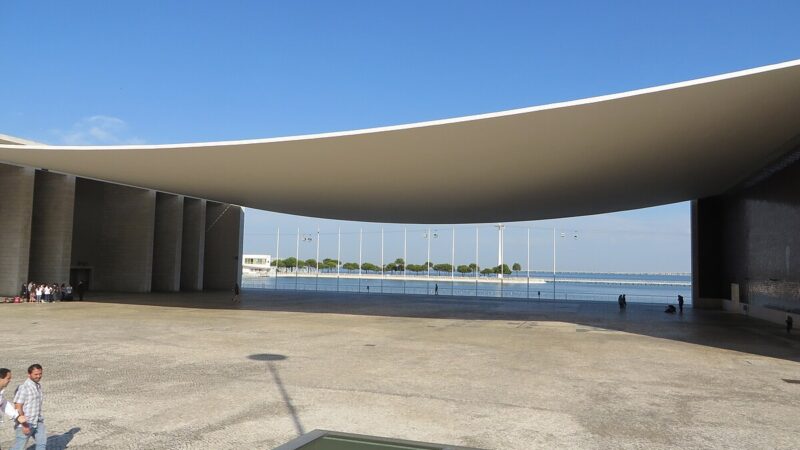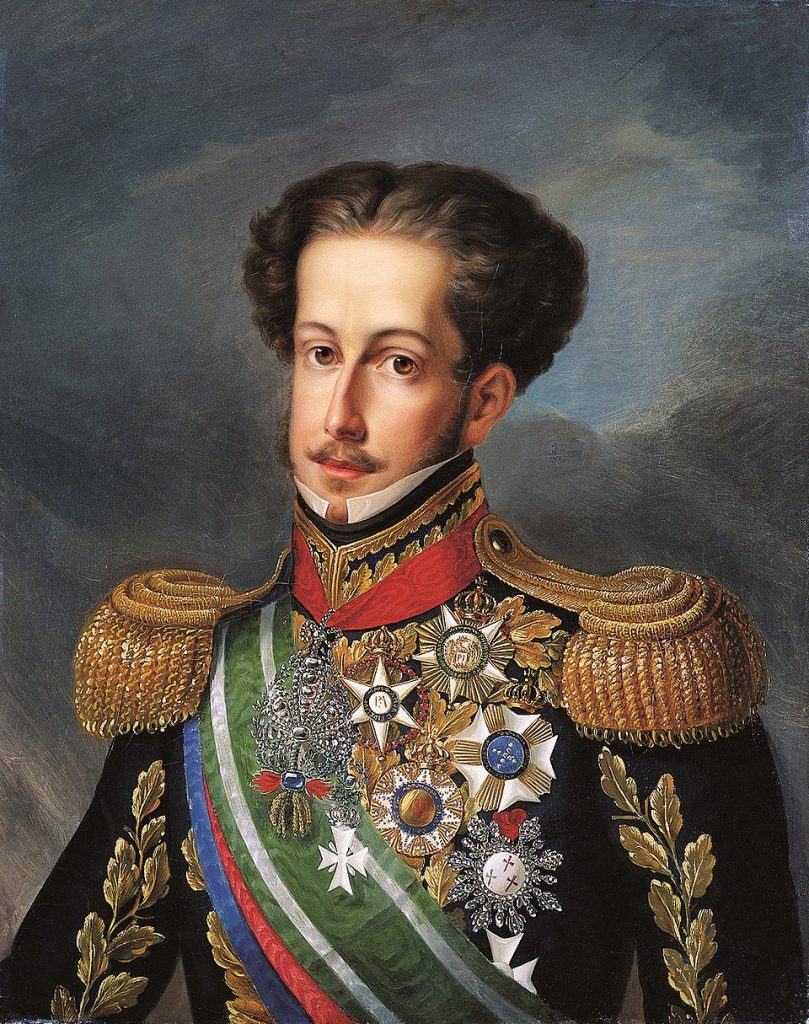Álvaro Joaquim de Melo Siza Vieira, born in Matosinhos in 1933, is one of the greatest names in Portuguese contemporary architecture. He graduated from the Porto School of Fine Arts in 1955, where he studied under Fernando Távora, a mentor who influenced his vision of architecture rooted in culture and territory, yet open to modernity. From an early age, Siza, as he is fondly known, demonstrated profound respect for the dialogue between the work or art and it’s place, a characteristic that would become the hallmark of his career.
The first creations that brought him notoriety were the Boa Nova Tea House in Matosinhos (1963) and the Piscina das Marés in Leça da Palmeira (1966). These projects, integrated into the Atlantic landscape, manifest sensitivity to the relationship between architecture and nature. This was followed by projects such as the Borges & Irmão Bank in Vila do Conde (1986), the School of Architecture of the University of Porto (1996), and the Serralves Museum of Contemporary Art in Porto (1999), which solidified his position as a “superstar architect” in Portugal.
His architectural style is characterized by an apparent simplicity that belies a profound attention to place and people. Far from being imposing, his architecture seeks to integrate with its surroundings, favouring clear lines, refined volumes, and balanced proportions. He often uses white concrete, wood and brick, combining them with particular attention to textures and the way light passes through them. White, in particular, is a recurring signature.

International recognition came with high-profile projects such as the Galician Centre for Contemporary Art in Santiago de Compostela (1993), the University of Aveiro Library (1994), the Church of Santa Maria in Marco de Canaveses (1996), the Portuguese Pavilion for Expo 98 in Lisbon and the Iberê Camargo Museum in Porto Alegre, Brazil (2008). He also designed the Serpentine Gallery Pavilion in London (2005), among other landmarks throughout Europe and the world. Recognition came with distinctions and awards, such as the Pritzker Prize in 1992, the RIBA Gold Medal in 2009, and the Golden Lion at the Venice Biennale in 2012.
With his 90th birthday, a documentary celebrating his work and spirit was presented by Gallery Institute, an archive of art, architecture, and design in Portugal and the world, watch the trailer here (YouTube)
Also available on YouTube is a documentary and a wholesome interview with Siza at 86 years old, here



